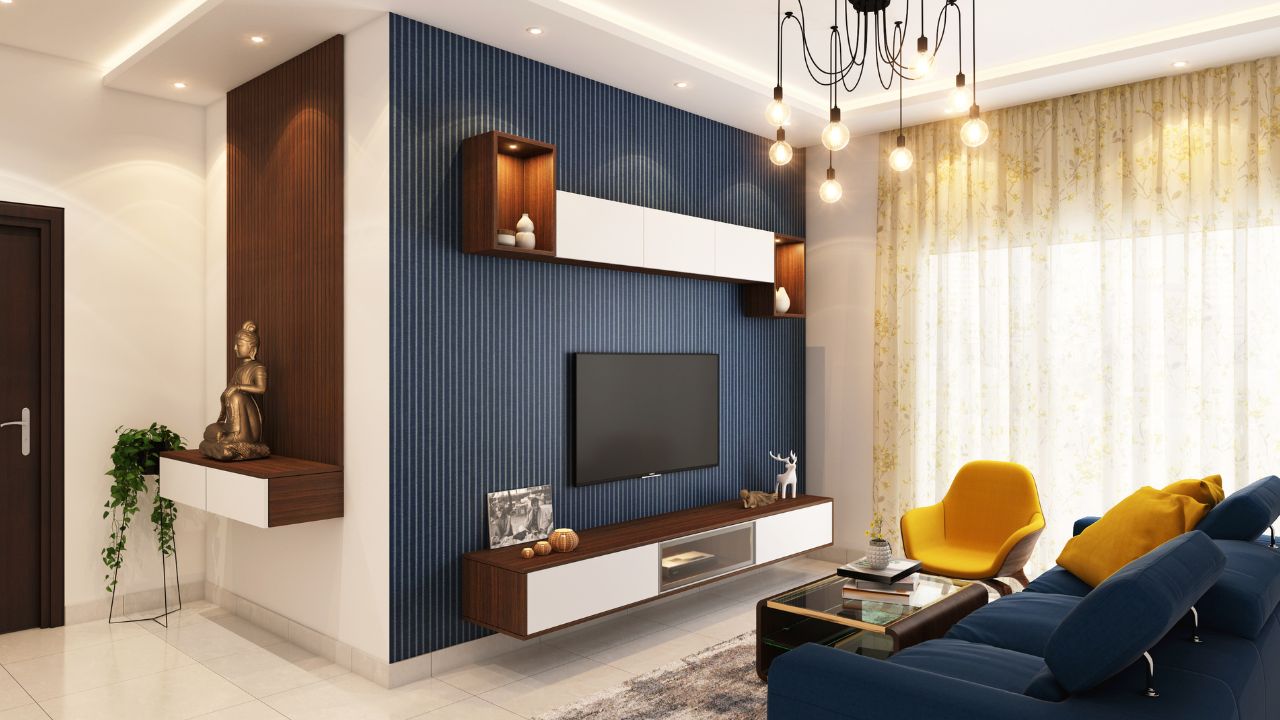Turning on the light switch to light a room doesn't mean lighting; it is an art that makes your living room attractive. Good lighting can make your home look and feel cozy, enhance the artwork, and help with your everyday activities – from reading a book to making a meal.
If you are thinking about a total home makeover or you just want to make upgrades or improvements to the current setup, knowing the basics of lighting design will make it easier for you to design spaces that work and also add comfort and entertainment to your place.
Ready to hit the path to attractive, practical lighting in the home? Here are a few tips for you to take in. If you are in seach of lighting products for your home, visit https://www.homebaa.com/.
Some Practical Tips To Help You Achieve Good Lighting In Your Home
1. Layer Your Lighting
Creating a well-lit home requires three essential types of lighting: Ambient, task, and accent, which work in balanced harmony and versatility.
- The foundation is provided by ambient lighting, such as using ceiling fixtures, chandeliers, or recessed lights, to light entire rooms. The overall tone for this space is predetermined by this base layer, which supports basic visibility throughout the rest of the space.
- With task lighting, you’ve got desk lamps to help you do some reading, pendant lights above your kitchen island, or under cabinet lighting for your cooking areas – these more focused lights allow you to accomplish your tasks with precision.
- Depth is added through accent lighting, which draws attention to special features such as artwork, architectural details, or plants, usually used with spotlights, track lighting, or wall sconces.
When these three types of lighting are combined, you can create an adaptable environment suitable for different moods and activities.
2. Maximize Natural Light
For a fair and cost-effective light source, natural light is the best option. To maximize it:
- Put up mirrors where sunlight can bounce in and make the room brighter.
- Draw or drape sheer curtains or blinds over your windows to allow free light while keeping privacy.
- Keep windowsills clear of large objects or plants to ensure unobstructed light flow.
Not only does natural light improve the ambiance, but it can also cut artificial light, which is dependent on the day.
3. Choose the Right Bulbs
The type of bulb you select greatly impacts the mood and functionality of a room:
- Color Temperature: A warm, cozy glow is best for bedrooms and living rooms, and lower temperatures (2700K–3000K) will do the trick. A hotter temperature (4000K–5000K) gives brighter light for kitchens, bathrooms, or workspaces.
- Brightness: Based on room purpose opt for brightness levels (measured in lumens) – brighter bulbs for the task area and lower lumens for relaxing zones.
- LED Bulbs: They are energy efficient, long-lasting and available at various brightness levels and color temperatures, making them a great choice for all spaces.
4. Use Dimmers for Flexibility
Dimmers help you control power flow to the bulbs, enabling you to adjust how much light you use (the power level or intensity) for different activities or times of the day. There are bright lights for high productivity during the day and lower lights for a nicer, calming feel at night. Also, dimmers help you conserve energy and ensure longer life for your bulbs.
5. Tailor Lighting to Room Functionality
Each room in your home has unique lighting needs:
- Living Room: Use ambient lighting, task lamps for reading corners, and accent lights on shelves or for selected pieces of artwork.
- Kitchen: Task lighting, with focused bright lighting within food preparation areas, is essential, and under-cabinet lights improve the visibility of cutting boards and countertops.
- Bedroom: Use warm lights that provide a relaxing ambiance, while for reading purposes, you can add adjustable bedside lamps for convenience.
- Bathroom: The ideal light for grooming is even, not bright, and not from overhead.
- Home Office: Focusing cool-toned lighting helps reduce eye strain and stay focused.
Customizing the lighting in each room gives you perfect comfort and practicality.
6. Select Appropriate Fixtures
Light fixtures' design and placement weigh heavily on how a room will both look and function.
- Living and dining rooms can be great spaces for chandeliers or flush-mount fixtures.
- Wall sconces are also very useful in hallways or as additional accent lighting in a bedroom, and floor lamps help to add height and make cozy corners.
- The kitchen, dining table, and entryway are all great spots for pendant lights.
For a cohesive-looking design, choose fixtures that actually go with your decor style.
7. Consider Color and Reflection
The colors and materials used in your home affect how light is perceived. Lighter tones on walls and furnishings reflect light, making a room appear larger; darker tones absorb moisture and may need more fixtures. Strategic lighting can also draw attention to architectural features such as mantels, bookshelves, and staircases, creating character in your space.
8. Minimize Glare and Shadows
It is necessary for comfort and eliminates harsh glare and shadows. Frosted bulbs or diffusers should be used for softer light, and task lights should be placed with an eye toward keeping shadows off work surfaces. The way that your lighting is placed is an incredibly important aspect of the overall effectiveness of your lighting.
Conclusion
Home design is dependent on good lighting, which includes functionality and ambiance. Layer different types of lighting, use natural light wherever possible, select the right bulbs, and come up with solutions tailored to the individual needs of each room, and you can put together a practical and visually stunning space. Careful planning and a little bit of attention to detail will transform your home into a well-lit place where you can relax, be productive, and simply enjoy the moment.


